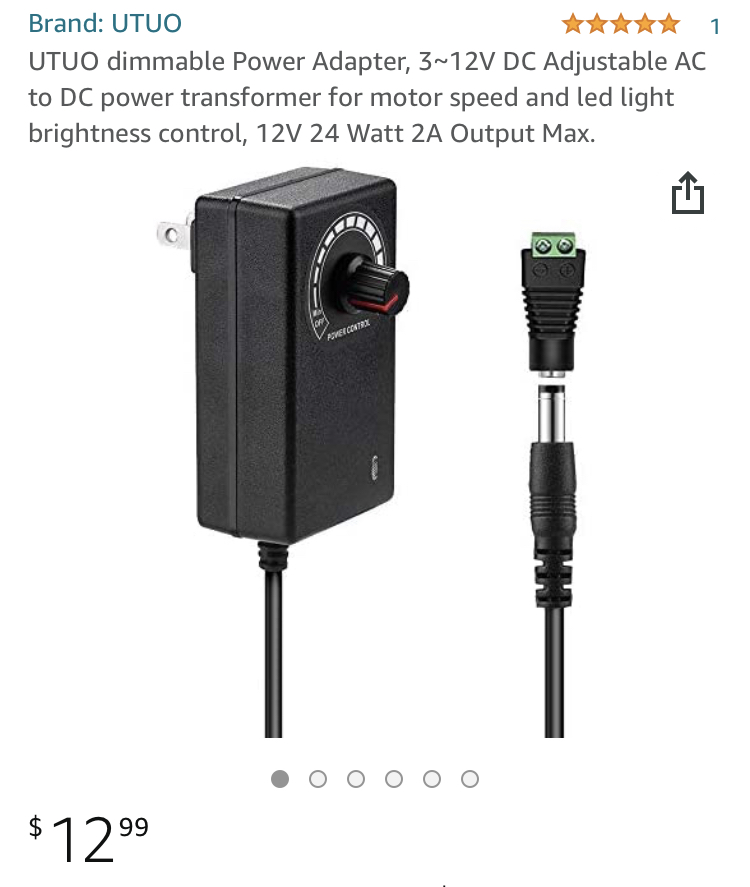BeirKaiser
Well-Known Member
- Joined
- Jul 4, 2014
- Messages
- 114
- Reaction score
- 17
Hello everyone,
I received bought a pump for my homebrew setup. How does everyone control the speed of the pump? I’ve found so few mini chips with knobs but no idea what to pick.
Stats:
It only has a motor +/- and power +/-, no third wire. Or a brake. No idea what I’m doing View attachment 715452View attachment 715453View attachment 715454View attachment 715455
I received bought a pump for my homebrew setup. How does everyone control the speed of the pump? I’ve found so few mini chips with knobs but no idea what to pick.
Stats:
- Name: Solar Water pump
- Brushless motor
- Material: Plastic
- Color: Black
- Input/Output: 1/2 "male thead
- Voltage: 12 V DC
- Nominal Maximum Current: 1000MA
- Power: 22 W
- Max Flow: 800 L/H
- Max Water Seat: 5 m
- Max circulation water temperature: 100 ° C
It only has a motor +/- and power +/-, no third wire. Or a brake. No idea what I’m doing View attachment 715452View attachment 715453View attachment 715454View attachment 715455





















































![Craft A Brew - Safale S-04 Dry Yeast - Fermentis - English Ale Dry Yeast - For English and American Ales and Hard Apple Ciders - Ingredients for Home Brewing - Beer Making Supplies - [1 Pack]](https://m.media-amazon.com/images/I/41fVGNh6JfL._SL500_.jpg)





